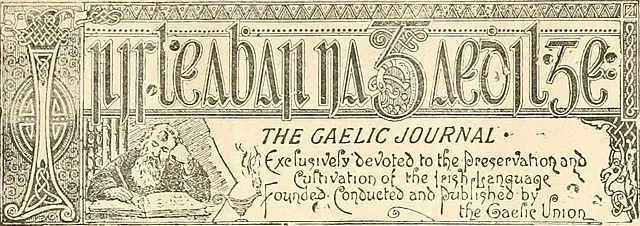The Gaelic and Their Quiet Rebellion
They didn’t storm castles or raise banners. They whispered in kitchens, sang in fields, and scribbled on scraps of cloth.
It wasn’t the kind of rebellion you read about in high school textbooks. There were no grand battles or heroic last stands. No climactic moments with violins swelling in the background. The Gaelic resistance, if we can even call it that, looked… quieter. But make no mistake, it was resistance.
And it ran deep.
When Language Becomes Dangerous
Imagine waking up one morning to find out that your grandmother’s lullaby is now illegal. That the stories your father told by the fire are being erased from books. That your words, the very sounds that shaped your world, are now seen as a threat.
That’s what happened to Gaelic speakers in Scotland and Ireland for centuries. Following English conquests and the union of crowns, the Gaelic languages became political targets. Schools were forbidden from teaching in Gaelic. Speaking it in public was mocked, even punished.
The message was clear: if you want to succeed, abandon your tongue.
But they didn’t. Not completely.
The Rebellion in the Hearth
Here’s where it gets quietly powerful.
Women would bake Gaelic proverbs into bannock loaves. Boys herding cattle would whisper forbidden phrases like passwords. Grandmothers told ghost stories full of metaphor, their real meanings tucked safely beneath layers of folklore.
It’s honestly kind of brilliant. The language lived not in institutions but in moments. A shared look. A phrase passed like a secret handshake. A song that sounded like nonsense to the outside world but meant everything to those who knew.
It wasn’t flashy. But it was stubborn. And it worked.
Songs That Could Get You Watched
Folk music carried the rebellion farther than most weapons could.
Some Gaelic songs from the 18th and 19th centuries were outright defiant, wrapped in poetic language to avoid censorship. Others mourned lost lands and ancestors. Many were just clever enough to sound harmless unless you knew the context.
And they traveled. People learned songs at ceilidhs and passed them on. Singing became political. Even humming a tune could be a statement.
I mean, that’s kind of amazing, isn’t it? Imagine humming a tune that freaks out a colonial officer. That’s some next-level power.
Revival or Resistance Rebranded?
Fast forward to today. There are government-backed efforts to revive Gaelic. Classes, signage, even TikToks in Scottish and Irish Gaelic. It’s cool now. Or at least, it’s trying to be.
But for some, the language never died. It just went underground.
So is this a revival… or a resurfacing?
One Final Whisper
The Gaelic quiet rebellion reminds us that survival doesn’t always look like a swordfight. Sometimes it’s a lullaby. A carved word on a stone. A language passed hand to hand, voice to voice, even when no one’s listening.
And maybe that’s the loudest kind of rebellion there is.
Sources:
1. McLeod, Wilson. Gaelic in Contemporary Scotland (Edinburgh University Press, 2014)
2. Ó Giollagáin, Conchúr. The Gaelic Crisis in the Vernacular Community (2020)
3. “How the British Empire Tried to Erase Gaelic” – BBC Scotland (2021)
4. National Museum of Scotland: Gaelic Language and Cultural History
5. Am Faclair Beag: Online Gaelic Dictionary

